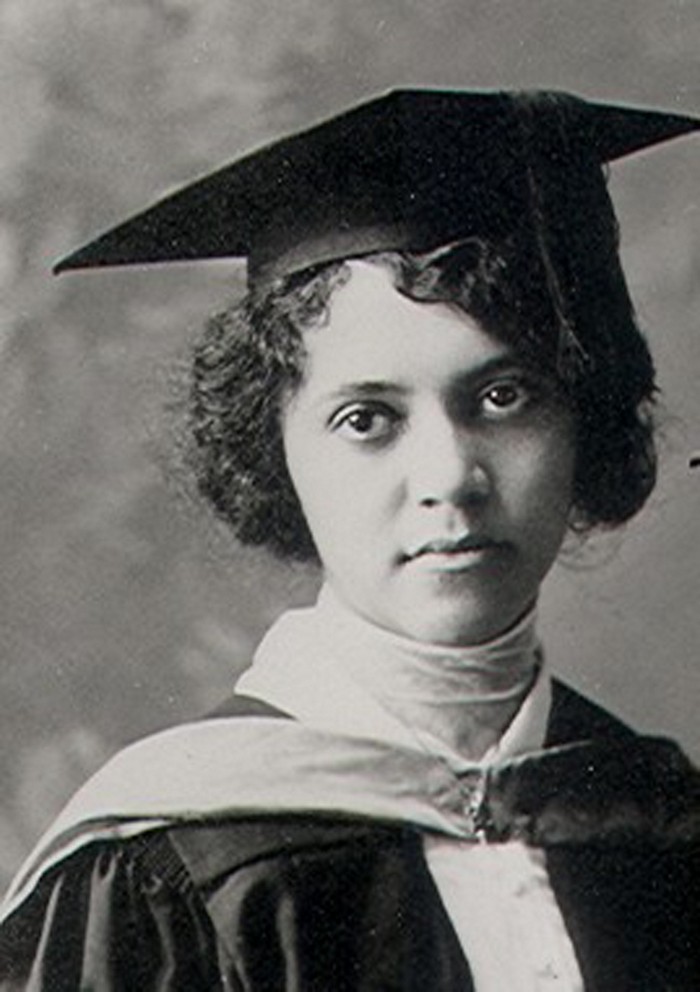While there have only been two widespread coronavirus outbreaks in the past 20 years or so (SARS and COVID-19), a new paper suggests that spillovers from animals to humans is happening at a much more frequent rate.
A preprint in medRxiv, Peter Daszak from the EcoHealth Alliance and Linfa Wang from Duke-NUS Medical School in Singapore, suggest that up to 400,000 people a year are likely infected with SARS-related coronaviruses in South and Southeast Asia, These infections do not grow into widespread outbreaks, since the viruses are not adapted to humans.
400,000 spillovers sounds like a lot of infection but virologist Angela Rasmussen believes it is a fairly reasonable estimate. She tells Science, “in a region with likely hundreds of millions of bats and nearly half a billion people it isn’t that many.”
Zoonotic infection of humans is not well understood. This work is part of an effort to learn more about hot diseases jump from animal species to infect humans.


